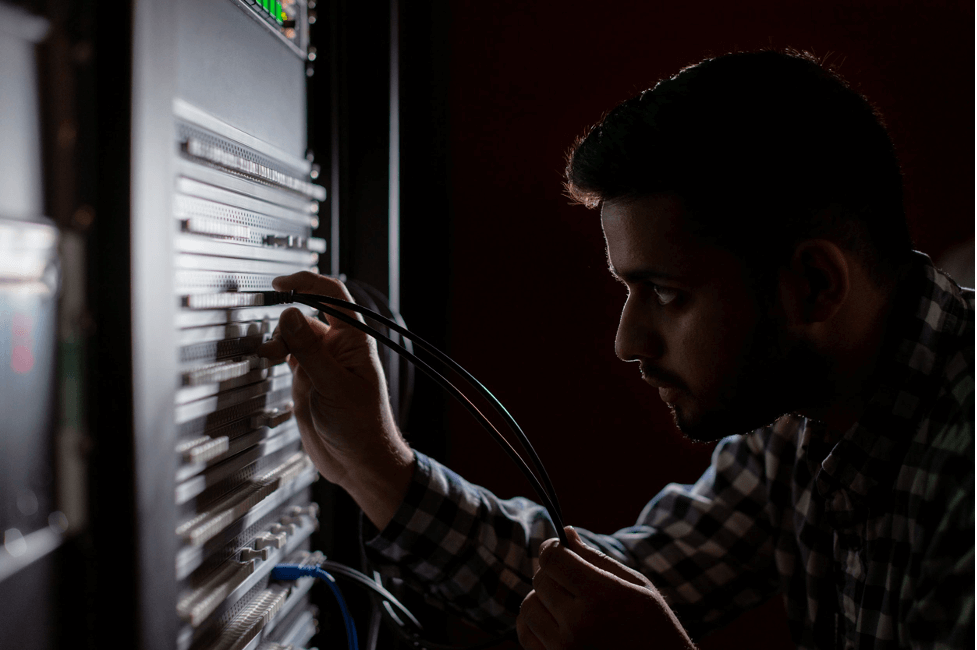Colocation is one of the most efficient ways to cut down on IT costs and retain optimal value. The value you get often depends on the kind of colocation plan you choose, but there’s more to colocation than buying a rack. There’s also the rack server.
If there’s anything we know well, it’s the fact that colocation providers tend to exaggerate their facilities and management systems. However hyped, not every data center is suitable for your equipment.
One essential feature of a data center is its rack setup. And while there’s a stipulated standard for every rack type, you should look beyond the norm.
Here’s a look at what makes up a standard rack set.
A rack rail or rack strip is a mechanical setup used to mount and hold IT hardware such as rack servers. The holding space within a rack strip is called a rack unit.
Usually, a rack unit holds servers with no more than 19 inches in width, but modern racks can house a 24 inch server without risking air space.
The average height dimension for a full rack is about 73inches (42U). However, recent designs have adjustable rails that can extend to about 84inches.
A rack’s primary role is to hold server hardware and aid the cooling and electrical arrangements to keep the equipment functional.
But what could go wrong?
You should check for the following hidden problems when choosing a rack.
#1- Vibration
Vibration in data centers is pervasive, and they are quite hazardous to server racks and other IT equipment like hard drives. The vibration source could come from a backup generator, GPUs, vehicle, and motor usage within the data center.
Sometimes, it’s near impossible to control the cause of vibrations, but there are ways to keep vibrations at a minimum. An enclosed rack with an installed vibration dampening mechanism would put the risk at bay.
#2- Fluid leaks
The humidity level of a computer center is pretty much a big deal. A relative humidity level above 50 could cause water condensation and corrosion, and the last thing your equipment needs is fluid from rusty rack strips. At the very least, a drop of any sort of fluid on your server would result in some downtime or data loss.
Click the link to learn what could happen if your server heats up.
#3- Disarrayed cables
A rack houses various wired equipment, which often leads to a war of cables. Poorly arranged cables isn’t a good sign as it makes new integration difficult and often results in interference and downtime.
If you want top-notch colocation services, check out our offers today. It only gets better with Coloco.

